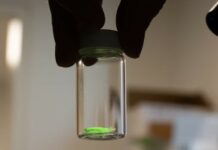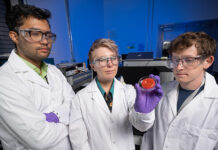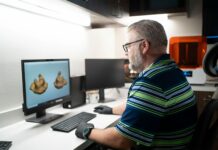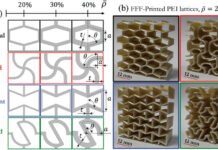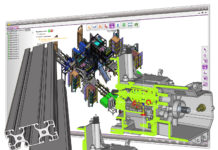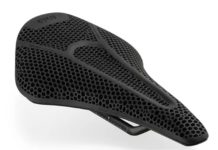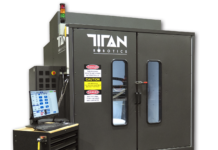Fluorescent 3D printed structures: An advancement in biomedical implants
To help researchers distinguish what’s part of an implant and what cells or tissue can make the structures easier to track and monitor inside the patient’s body. For that, University of Oregon bioengineers and...
Meta Reality Labs unveils the Digital Twin catalog
Meta Reality Labs Research is debuting the Digital Twin catalog, a dataset for 3D object models, for 3D reconstruction. This collection encompasses over 2,400 highly detailed 3D objects that set a standard of sub-millimeter...
3D Systems gets FDA clearance for Monolithic Jetted Denture Solution
On the heels of an FDA clearance for 3D printed PEEK cranial implants, OEM 3D Systems got clearance from the Food & Drug Administration (FDA) for its multi-element monolithic (one-piece) jetted denture solution.
This solution...
LLNL brings a new approach to 3D printing with microwave technology
Lawrence Livermore National Laboratory (LLNL) brings a novel approach to 3D printing with microwave technology. Microwave Volumetric Additive Manufacturing (MVAM) is a technique that enables the use of a wide range of materials.
MVAM enhances...
Use of a new biopolymer nanocomposite for 3D printing bone grafts
The latest biopolymer nanocomposite material for bone grafts has been developed at the University of Waterloo. The University of Waterloo focused on offering optimal health and well-being via tech advancement, virtual care, and health...
Researchers develop biocompatible materials from microalgae
Researchers from Heidelberg University in Germany have fabricated inks for printing complex biocompatible 3D microstructures from the raw materials extracted from the microalgae.
Being led by Professor Dr. Eva Blasco from IMSEAM (Institute for Molecular...
New 3D printing technique uses a polymer ink and salt water solution to create parts
3D printing is undergoing a paradigm shift with the development of the PNIPAM method. This method developed by researchers at The University of California San Diego involves the use of a polymer ink and...
Callier Center relies on 3D printing to manufacture hearing aid earmolds
The Callier Center for Communication Disorders at the University of Texas at Dallas kickstarted manufacturing 3D printed custom earmolds for pediatric hearing aids.
This lab is generously funded through several community donations. It has set...
UK Researchers relied on the “enhancement factor” to develop 3D-printed lattices with advanced properties
Engineers in the UK and Italy are behind the research on the deformation mechanisms of 3D printed materials. The latter aims to provide insight into the balance of structural factors at play in the...
ASICS and Dassault Systèmes provide on-demand insoles personalized for individual foot shape
Shoe manufacturer ASICS and software developer Dassault Systèmes have jointly opened a test studio near Paris that will serve as a pilot test for a new service of on-demand insoles personalized for individual foot...



